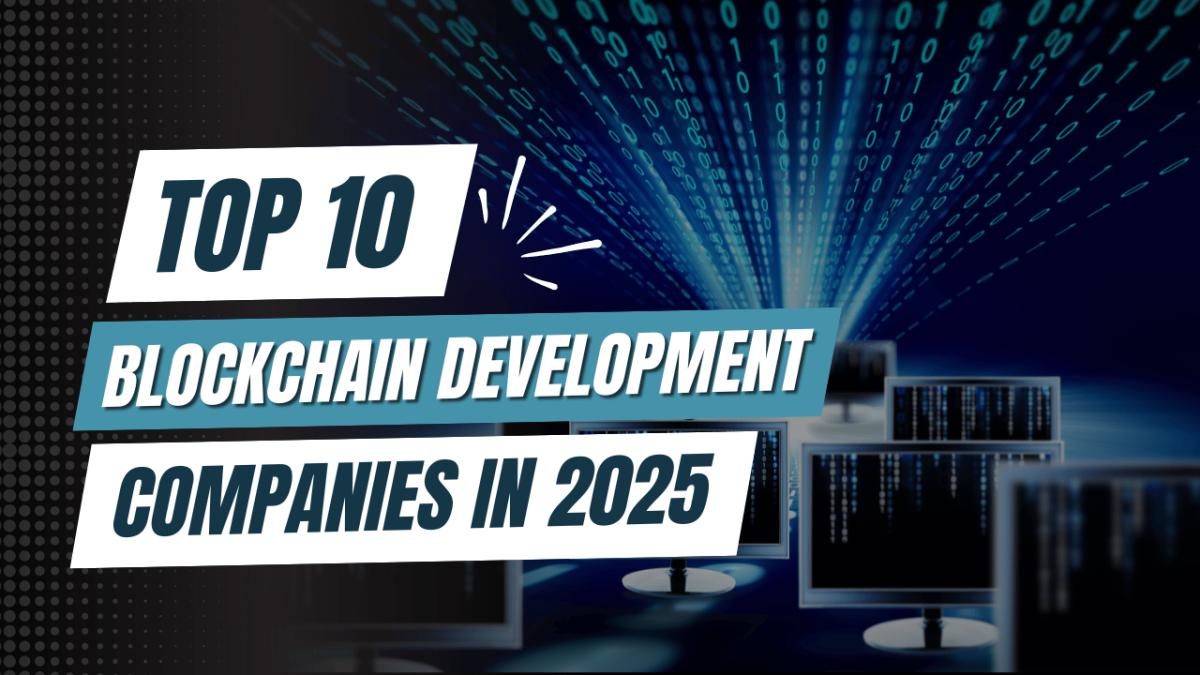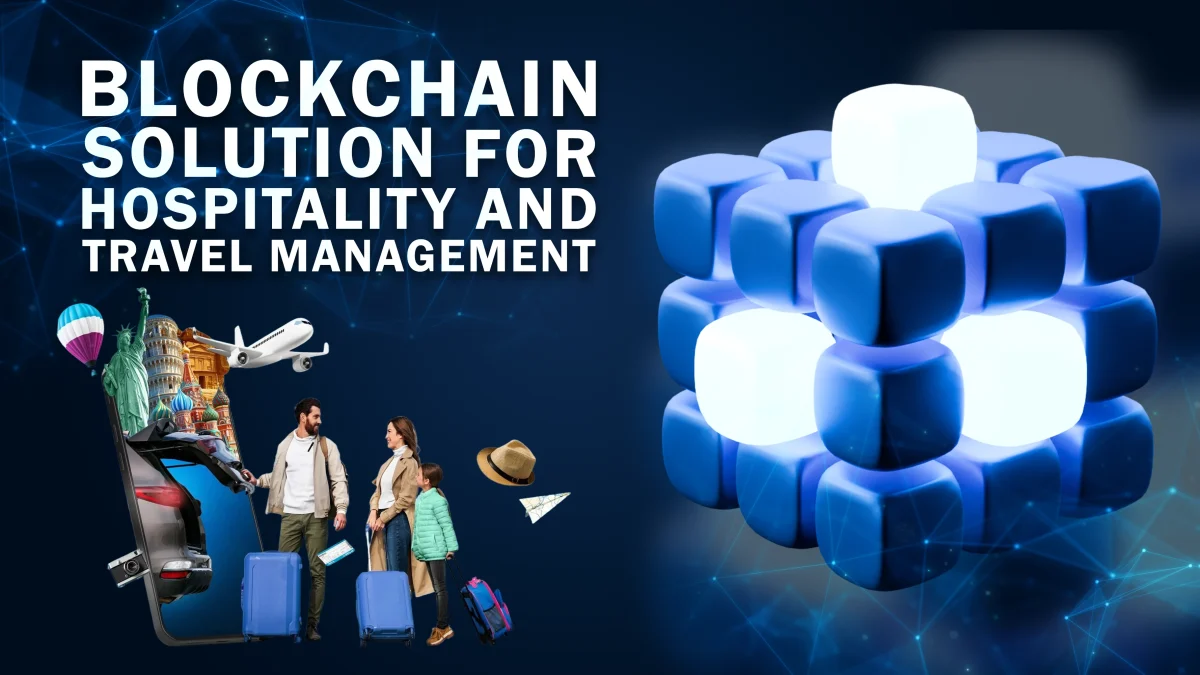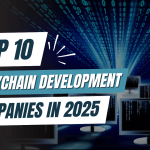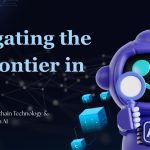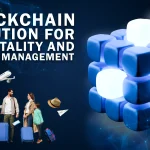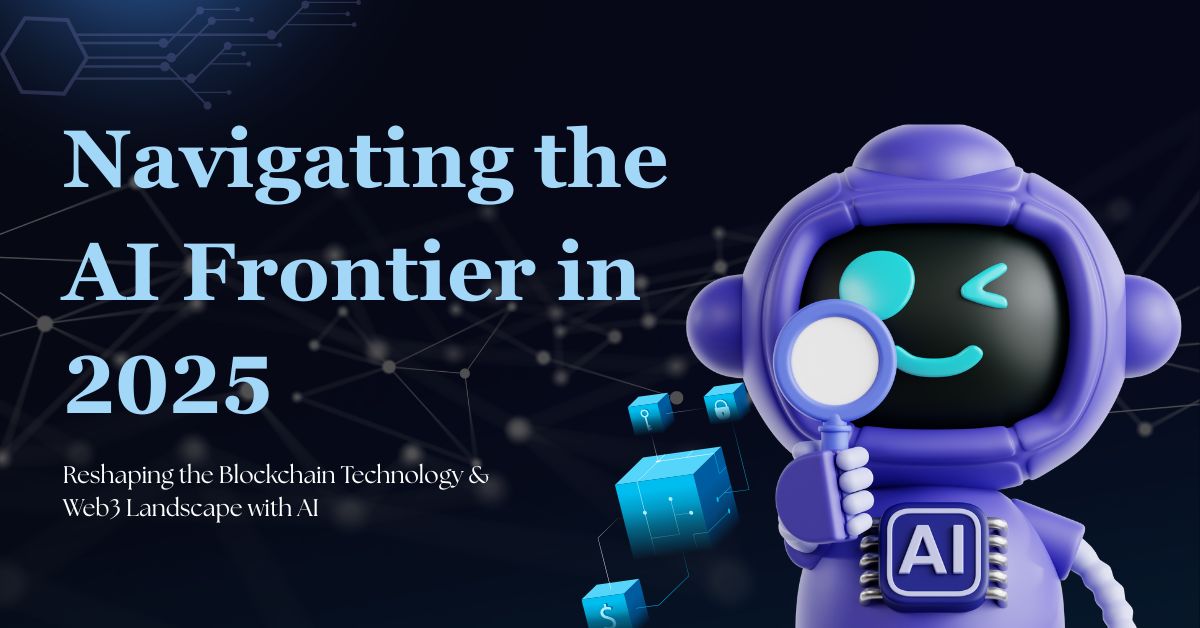
Navigating the AI Frontier: Reshaping the Blockchain & Web3 Landscape in 2025
Oct 29, 2025
As 2025 approaches, AI is no longer just a buzzword—it’s at the center of enterprise transformation. Every major software release now comes with AI updates, and nearly every tech keynote highlights its role in shaping the future of business. At ITSpectrum Solutions—Kolkata’s trusted software development partner since 2015—we’ve seen firsthand how staying ahead of these trends can give organizations the competitive edge they need to scale, streamline, and succeed.
The story of AI has always been one of gradual progress. AI brings intelligence, prediction, and automation, while blockchain offers trust, transparency, and decentralization. When combined, they unlock new possibilities that go far beyond cryptocurrency or chatbots. Let’s explore how AI is transforming blockchain and the Web3 ecosystem in 2025.
Smarter Problem Solving at Scale
One of AI’s greatest strengths lies in solving problems that are too complex for humans alone. From healthcare to finance to logistics, AI is helping organizations make better decisions, optimize workflows, and deliver improved customer experiences.
Why this matters in 2025:
- Advanced Algorithms: Techniques like deep learning, reinforcement learning, and ensemble models now deliver insights far beyond the limits of earlier approaches.
- Unified Data Pipelines: Modern integration frameworks allow AI to learn from diverse, siloed datasets, unlocking richer insights.
- Real-Time Intelligence: Streaming analytics and live data processing enable instant recommendations—something businesses once had to wait hours or days for.
Integration Status in 2025
By 2025, AI integration into blockchain infrastructure has expanded across multiple domains. This integration has improved blockchain scalability, data utility, and operational intelligence.
- Smart contract optimization using AI-driven verification tools.
- Decentralized AI marketplaces allow AI model exchange through tokenization.
- AI-powered data analysis for blockchain networks and DeFi systems.
- Autonomous AI agents operating within Web3 applications and DAOs.
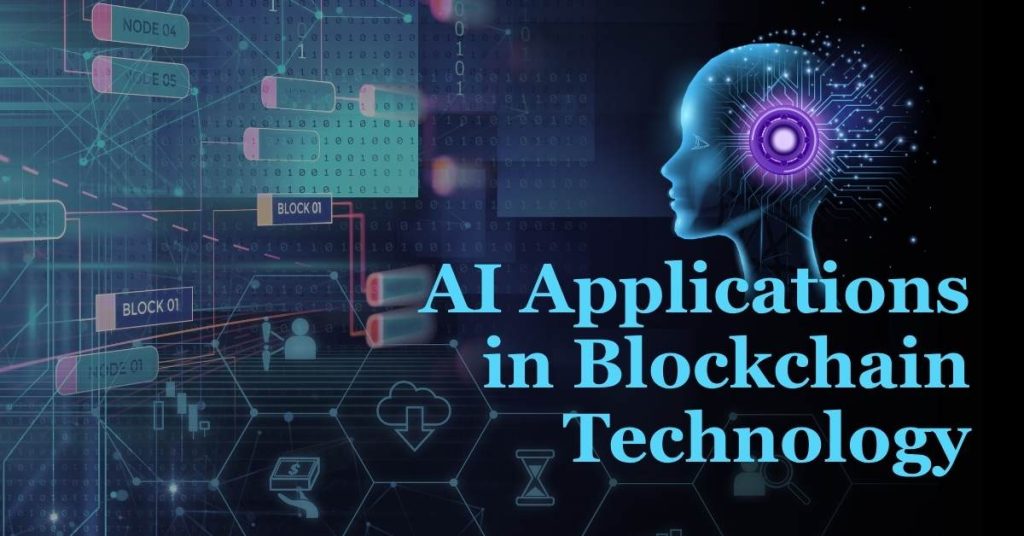
AI Applications in Blockchain
The Artificial Intelligence (AI) will play a vital role in enhancing blockchain networks by improving security, automation, efficiency, and scalability. AI-driven systems enable blockchain to function intelligently, allowing predictive, adaptive, and data-based operations across various domains.
a. Security and Fraud Detection
AI algorithms continuously analyze blockchain transactions to identify unusual or malicious behavior. Machine learning models detect patterns related to fraud, hacks, and abnormal wallet activity, ensuring faster response and prevention. This is especially valuable in DeFi platforms and crypto exchanges, where real-time monitoring prevents financial losses.
b. Smart Contract Auditing and Optimization
AI tools assist in reviewing smart contracts for bugs, vulnerabilities, and inefficiencies before deployment. They also optimize gas usage and improve execution speed. Through automated analysis, AI helps maintain secure and cost-effective contract execution across Ethereum and multi-chain systems.
c. Predictive Network Management
AI models analyze blockchain traffic and performance metrics to forecast congestion and improve throughput. This predictive approach allows networks to self-adjust validation rates and maintain smoother operations under high transaction loads.
d. Data Analytics and Market Forecasting
AI processes large blockchain datasets to generate insights on token performance, user behavior, and market trends. Predictive analytics support traders and developers in making data-driven decisions, transforming raw blockchain data into meaningful intelligence.
e. Governance and Decision Support
In decentralized organizations (DAOs), AI assists in analyzing proposals and governance votes, helping communities make objective and efficient decisions. AI simulations also predict the outcomes of governance actions for better long-term planning.
f. Energy and Resource Optimization
AI enhances blockchain sustainability by optimizing energy usage and consensus efficiency. By predicting workload patterns, AI helps minimize energy waste while maintaining system reliability and security.
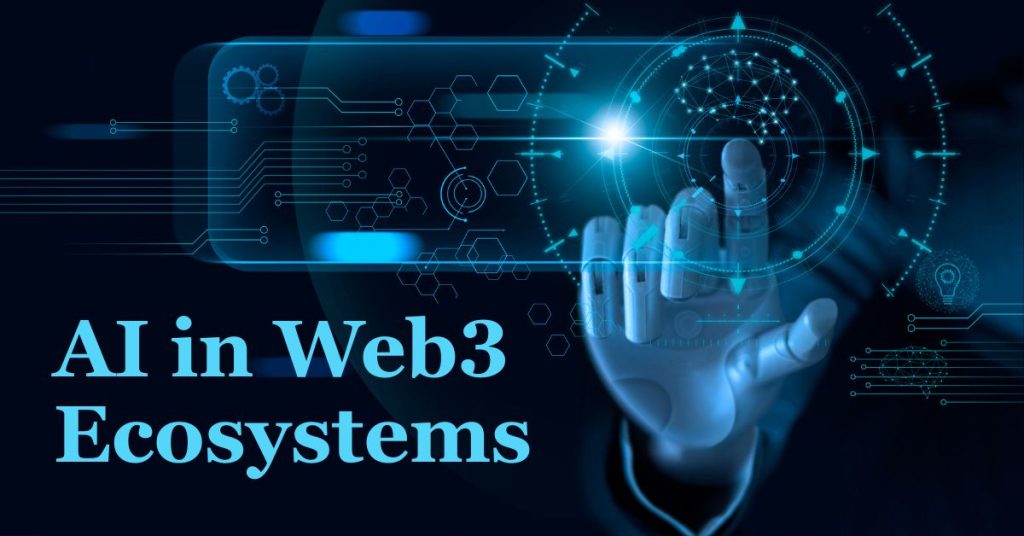
AI in Web3 Ecosystems
In 2025, Web3 platforms widely incorporate AI technologies to enhance decentralization and user interaction.
- DeFi: AI-based trading bots and risk assessment models improve liquidity management and market forecasting.
- DAOs: AI assists in governance decision analysis, proposal ranking, and sentiment evaluation of community votes.
- Metaverse: AI drives dynamic world-building, intelligent avatars, and adaptive digital experiences.
- NFTs: Generative AI produces evolving NFTs that change in form or value based on external data inputs.
Smarter Smart Contracts
Smart contracts are the backbone of decentralized applications (dApps) and blockchain automation. However, coding and deploying them safely can be complex and risky.
This is where AI steps in. AI models can analyze smart contracts for bugs, vulnerabilities, and inefficiencies — even before they go live. Tools powered by machine learning can predict gas costs, detect fraudulent logic, and recommend optimizations. Think of AI as the “code auditor” that never sleeps, ensuring blockchain operations remain secure and efficient.
The Rise of Agentic AI
Agentic AI refers to systems that act on their own, adapt to new situations, and make decisions without constant human input. These AI “agents” are quickly becoming central to software strategies across industries. For enterprises, agentic AI can:
- Automate customer interactions via intelligent chatbots.
- Monitor and optimize IT infrastructure with minimal human intervention.
Its growth is fueled by:
- Smarter learning algorithms (deep reinforcement learning, unsupervised learning).
- Improved contextual understanding through Natural Language Processing (NLP).
- Cloud-based architectures that allow scalable deployments.
Data and Analytics Advancements
AI-driven analytics tools are essential for blockchain and Web3 in 2025. They provide:
- Automated data indexing of on-chain and off-chain information.
- Behavioral analytics for user interactions across decentralized applications.
- Market intelligence for crypto assets and NFT ecosystems.
- Regulatory compliance analytics ensuring data transparency and reporting accuracy.
AI converts large volumes of blockchain data into structured, usable knowledge, improving decision-making at all network levels.
Security and Compliance (2025 State)
- Fraud detection systems use neural networks to detect patterns in real-time transactions.
- Anomaly detection algorithms monitor decentralized exchanges for unusual trading activity.
- Identity verification (KYC) integrates AI facial recognition and blockchain-based credentials.
- Regulatory frameworks in 2025 increasingly mandate AI-based monitoring for blockchain platforms handling financial data.
Energy and Network Optimization
AI supports blockchain sustainability through predictive and adaptive energy management:
- Workload balancing across nodes reduces energy spikes.
- Adaptive consensus mechanisms adjust mining or validation rates dynamically.
- Predictive scaling helps optimize resource allocation in high-traffic networks.
- Carbon footprint tracking uses AI to measure and offset blockchain energy consumption.
These solutions align blockchain growth with global sustainability objectives in 2025.
AI That Understands the Rules
In regulated industries like healthcare, finance, and compliance, businesses need AI they can trust. The next wave of AI solutions will be trained not only on company data but also aligned with external rules and policies—producing transparent, auditable results.
This means AI won’t just assist in decisions—it will help justify them, meeting both operational and regulatory demands.
Building Trust in High-Stakes Domains
As AI extends into sensitive sectors—national security, defense, law enforcement—accuracy alone isn’t enough. Enterprises demand accountability, transparency, and reliability.
- Produce traceable, policy-aligned results.
- Handle ambiguous data with reasoning, not just prediction.
- Maintain robust audit trails for compliance and legal scrutiny.
Knowledge Mining from Internal Data
Organizations are beginning to realize that their biggest untapped resource is their own data—emails, reports, case files, and historical records. The challenge is extracting value from this “unstructured noise.”
Trends like Retrieval-Augmented Generation (RAG), enterprise-specific fine-tuning, and vector search are helping companies uncover hidden risks, connect silos, and generate actionable insights.
Proactive AI Governance
Regulators worldwide are catching up with AI’s rapid growth. In 2025, businesses won’t just need to comply with existing rules—they’ll need to show that their AI is safe, explainable, and responsibly built from the ground up.
This includes Risk assessments and real-time monitoring, Transparent documentation, and Human-in-the-loop safeguards. Early adopters of responsible AI practices will not only avoid risk—they’ll earn trust as industry leaders.
Multimodal AI That Explains Itself
AI is becoming multimodal—able to process text, images, audio, and video within one workflow. Imagine uploading a contract, a chart, and a voice memo, and getting back a clear summary with actionable insights.
But enterprises expect more than functionality—they want interpretability. AI must be able to “show its work”, making outputs understandable to non-technical users.
Synthetic Data for Smarter Training
As demand for training data explodes, synthetic data—artificially generated datasets—offer a way forward. It allows companies to train AI without exposing sensitive information or hitting privacy roadblocks.
The challenge lies in quality: synthetic data must be realistic and unbiased to avoid weakening model performance. Done right, it can unlock faster, safer AI innovation.
Emerging Trends in 2025
- AI-driven governance systems for DAOs and decentralized communities.
- Cross-chain AI interoperability, enabling collaboration between different blockchains.
- Quantum-resistant AI algorithms, supporting next-generation blockchain encryption.
- Human-AI collaboration in Web3, where AI agents assist users directly in decentralized apps.
Challenges in 2025
- Computational cost: AI operations remain resource-intensive for on-chain processing.
- Data privacy: Balancing transparency with personal data protection remains complex.
- Standardization: Lack of global technical standards for AI-blockchain interoperability.
- Ethical AI: Need for bias control and responsible AI usage in decentralized settings.
- Scalability: Managing AI workloads across multi-chain ecosystems without compromising speed.
Partnering for Success in the AI Era
“AI gives blockchain the brain it needs; blockchain gives AI the trust it lacks.”
— Dr. Ben Goertzel, Founder of SingularityNET
This quote captures the essence of the AI-blockchain partnership.
- Blockchain enhances AI with transparency and accountability.
Every decision or data source used by AI can be immutably logged on-chain. - AI enhances blockchain with intelligence.
It can automate governance, optimize smart contracts, and enable autonomous economies.
At ITSpectrum Solutions, we specialize in building tailored software solutions that align with your business goals. With a focus on innovation, reliability, and compliance, we help enterprises not only adopt AI but adopt it responsibly. AI empowers Web3 with intelligence. Blockchain empowers AI with trust. Their fusion will define the architecture of tomorrow’s internet.
🔗 Visit us at www.itspectrumsolutions.com
📧 Contact: [email protected]
📞 Phone: +91 8100009773 / +91 9073331837


